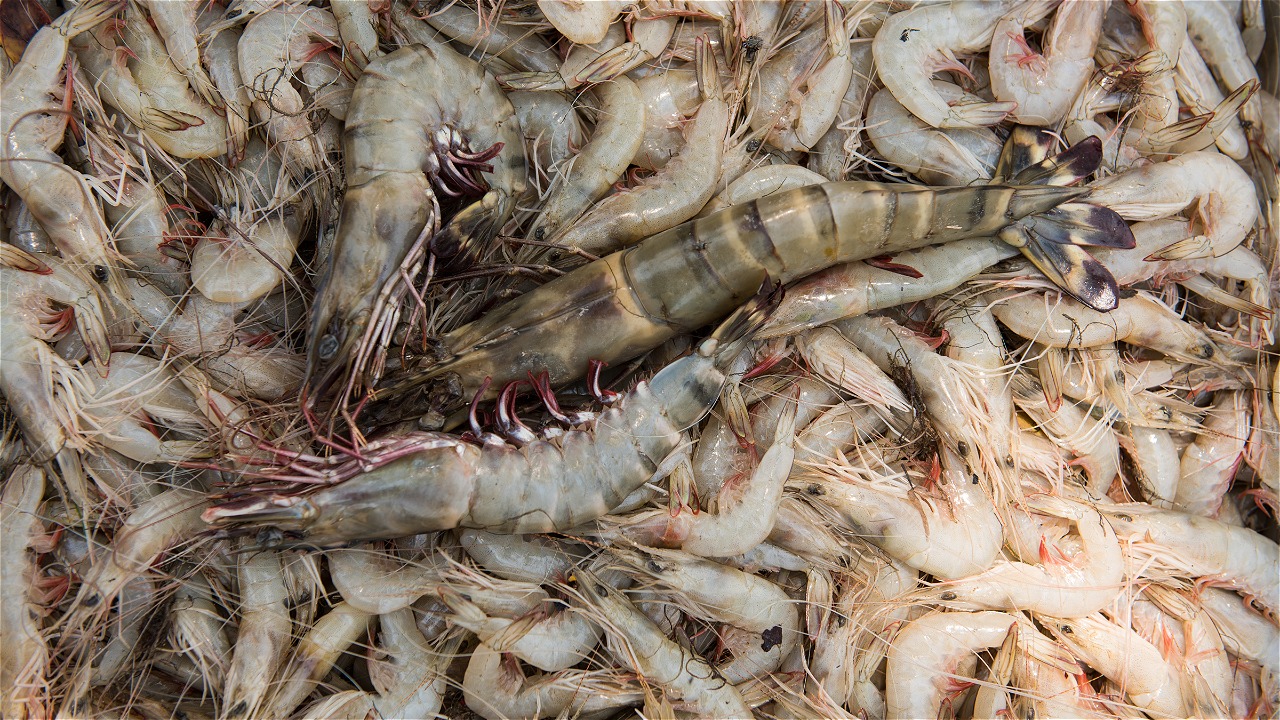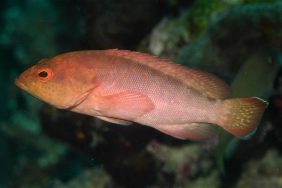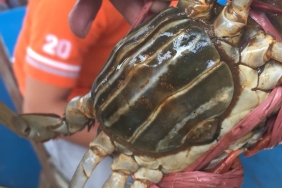WELCOME TIGER SHRIMP FARMING BMP VERSION 2014
By Agis Riyani
Tiger shrimp is a native Indonesian species that has high economic value and is favored by the export market. Currently in Indonesia, tiger shrimp farming is less popular than vannamei shrimp farming. Based on statistics from the Ministry of Marine Affairs and Fisheries (MMAF), the number of tiger shrimp production from 2008 to 2012 decreased by about 18 thousand tons. One of the main factors causing the decline in tiger shrimp production is the outbreak of the virus attack white spot syndrome (WSS).
Another problem faced by the tiger shrimp farming industry in Indonesia in recent years is the rejection in some export destination countries due to the presence of antibiotics that exceed the specified threshold. The widespread use of antibiotics and hazardous chemical products can actually endanger consumers. The lack of good quality fry, environmental pollution from aquaculture activities, degradation of environmental quality, and conversion of aquaculture land that is not in accordance with regulations also add to the list of problems in tiger shrimp farming in Indonesia.
In response to these problems, WWF-Indonesia initiated the development of Better Management Practices (BMPs) for tiger shrimp farming in 2011. The BMPs consist of three types: BMPs for Growing Wind Shrimp without Aerated Feed, BMPs for Growing Wind Shrimp with Aerated Feed, and BMPs for Preventing and Overcoming Shrimp Diseases. However, along with the development of technology and problems faced by tiger shrimp farmers, more comprehensive BMPs are also needed. Therefore, in 2014, WWF-Indonesia combined the three BMPs and refined them into the 2014 version of Tiger Shrimp Farming BMPs.
As an effort to draft the 2014 version of the BMP, an external expert review process was conducted at the WWF-Indonesia office in Denpasar, Bali in early November 2014. This involved practitioners from the Center for Brackish Water Aquaculture Development in Jepara, tiger shrimp farmers, and representatives from a local NGO that oversees tiger shrimp farmers in Sidoarjo, East Java. The 2014 version of the Tiger Shrimp Aquaculture BMP describes several aspects of tiger shrimp aquaculture, such as technical aspects (use of quality fry, prohibition of the use of harmful chemical products, disease prevention and control), social aspects, and business legality aspects that include aquaculture business licensing and location layout of tiger shrimp farms.
To realize responsible aquaculture, WWF-Indonesia also conducts Aquaculture Improvement Program (AIP) which aims to conduct aquaculture practices in accordance with BMP and Aquaculture Stewardship Council (ASC) standards. There are several places in Indonesia where AIP has been implemented for tiger shrimp farming, namely in Lhokseumawe - Aceh, Tarakan - North Kalimantan, and Pinrang - South Sulawesi. In the future, it is hoped that improvements in aquaculture in Lhokseumawe, Tarakan, and Pinrang can be replicated in other areas so that Indonesia's tiger shrimp production can continue to increase and environmental sustainability is maintained.





